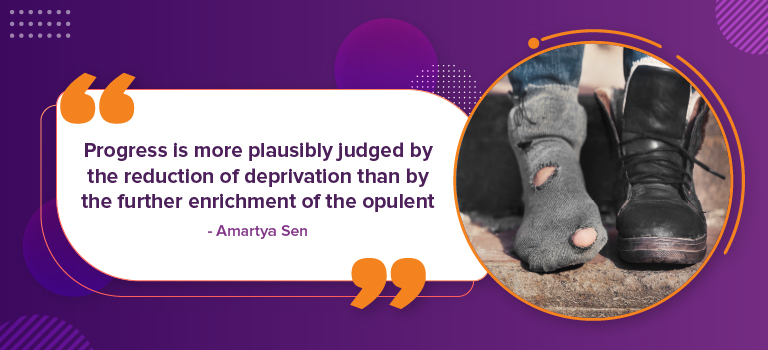
TABLE OF CONTENTS
1. Earth Observation Satellite-6 (EOS-6) launched by the ISRO 2. ‘IKSHAK’ Third ship of survey vessel (large) launched

1. Earth Observation Satellite-6 (EOS-6) launched by the ISRO
Syllabus: GS 3, Science and Technology.
Prelims: Earth Observation Satellite-6.
Mains: Awareness in the field of space.
Context: ISRO launches Earth Observation satellite-6.
Details:
- The Indian Space Research Organization (ISRO) in partnership with the Ministry of Earth Sciences (MoES) launched the Earth Observation Satellite-6 (EOS-6) from Satish Dhawan Space Centre (SDSC), Sriharikota.
- EOS 6 is the third-generation Indian satellite for monitoring the oceans.
- The mission is consequent to OceanSat-1 (IRS-P4) of 1999 and OceanSat-2 of 2009.
- The satellite was launched in Polar Satellite Launch Vehicle (PSLV) – PSLV-C54. It also accommodated other small satellites along with Oceansat-3.
- Details about Oceansat-3:
- It was placed in the polar orbit at a height of about 740 kilometers above sea level.
- Its weight is approximately 1100 kilograms.
- It consists of three ocean-observing sensors:
- Ocean Color Monitor (OCM-3): The 13-channel OCM having a spatial resolution of 360 m and 1400 km swath will observe the day side of the earth every day and will provide crucial data on the distribution of ocean algae, the base of the food chain within the marine ecosystem.
- Sea Surface Temperature Monitor (SSTM): This will provide information about the crucial parameter- ocean surface temperature. The knowledge about temperature will aid in forecasting fish aggregation range, cyclone genesis, and movement.
- Ku-Band scatterometer (SCAT-3): It will ensure high-resolution information about the wind vector like speed and direction at the ocean surface.
- It also consists of an ARGOS payload.
- Though ISRO will be responsible for maintaining the satellite’s orbit and its standard procedures for data reception, the major operational user would be MoES institutions like Indian National Centre for Ocean Information Services (INCOIS), Hyderabad, and National Centre for Medium-Range Weather Forecasting (NCMRWF), Noida.
- The satellite would serve as a strong foundation for India’s blue economy and polar region policies.
- The satellite is also significant as it is the first major ocean satellite launch of India since the initiation of the UN Decade of Ocean Science for Sustainable Development (UNDOSSD, 2021-2030).
For more information on ISRO, read here: Indian Space Research Organisation [ISRO] – Milestones, Objectives
2. ‘IKSHAK’ Third ship of survey vessel (large) launched
Syllabus: GS 3, Science and Technology.
Mains: Developments in the field of Science and Technology; indigenization of technology
Prelims: Ikshak.
Context: Launch of Ikshak.
Details:
- The third of the four Survey Vessels (Large) (SVL) Project- Ikshak was launched for the Indian Navy at Kattupalli, Chennai. It is built by GRSE/L&T.
- ‘Ikshak’ means ‘Guide’. It signifies the contribution of the Survey ships in facilitating safe passage for Mariners at Sea.
- The first of the class ship was ‘Sandhayak’, which was launched on December 2021.
- SVL ships would replace the existing Sandhayak Class survey ships with new-generation hydrographic equipment to collect oceanographic data.
- Details about Ikshak:
- The length of the Survey Vessel (Large) ships is 110 m and the width is 16 m.
- It has a deep displacement of 3400 tons and a complement of 231 personnel.
- The ship’s Propulsion system consists of 2 Main Engines in twin shaft configuration and is designed with a cruise speed of 14 knots (maximum18 knots).
- Indigenously developed DMR 249-A steel manufactured by Steel Authority of India Limited (SAIL) is used to make the hull of the ship.
- It has the capability to carry 4 Survey Motor Boats and an integral helicopter.
- The central role of the ships is to carry out full-scale coastal and deep-water hydrographic surveys of Ports and navigational channels.
- It would further collect oceanographic and geophysical data for defence and civil applications.
- It would also provide limited defence service and serve as a Hospital ship during emergencies.
Read the previous PIB articles here.
November 26th, 2022, PIB:- Download PDF Here
| Related Links | |||
| Rabi and Kharif Crops | Satellite Launch Vehicle Program | ||
| Nikshay Poshan Yojana (NPY) | E-Governance and its Significance | ||
| Atmanirbhar Bharat Abhiyan | Agricultural Revolutions in India | ||

Comments